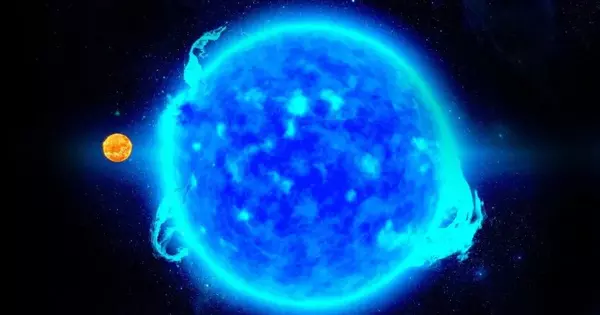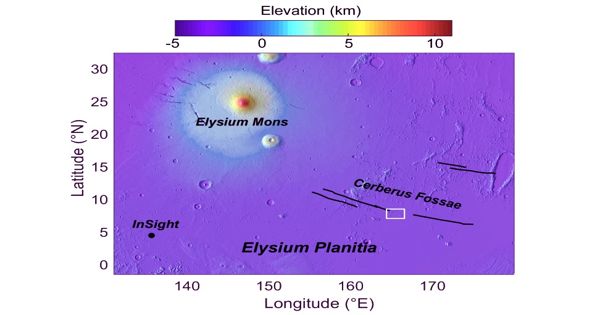The star BAT99-98 is located in the Large Magellanic Cloud. It’s in the 30 Doradus nebula, near the R136 cluster. It is one of the most massive and bright stars known, with a mass of 226 M☉ and a luminosity of 5,000,000 L☉. The fate of BAT99-98 is determined by its mass loss. This enormous star is predicted to never shed enough mass to avert a disastrous conclusion. The end consequence will almost certainly be a supernova, hypernova, gamma-ray burst, or almost no observable explosion, leaving behind a black hole or neutron star.
Observations
J. Melnick’s 1978 scan of the 30 Doradus region yielded six new W-R stars, all of which belong to the WN series. The survey looked for stars with magnitudes greater than 14 that were within two arcminutes of the center of the 30 Doradus nebula, and BAT99-98 was labeled as star J. It had an apparent magnitude of 13.5 and a spectral type of WN-5.
The following year, 13 new Wolf Rayet stars in the LMC were announced, one of whom was Mel J. It was given the designation AB 12, or LMC AB 12, to distinguish it from the more well-known SMC AB stars.
Melnick undertook a second analysis of stars in NGC 2070 and assigned the number 49 to BAT99-98, dubbed Melnick 49, this time with the spectral type WN7.
The AB12 and Mel J identifiers are rarely used, however, Melnick 49 is occasionally encountered. R (Radcliffe Observatory) numbers, Brey (Breysacher catalog) numbers, or BAT99 numbers are more generally used to refer to LMC Wolf Rayet stars.
Characteristics
The star is near the R136 cluster and has mass-luminosity parameters similar to the big stars in R136. It is estimated that the star began with 250 million and has since lost 20 million. It loses a lot of mass via a stellar wind that flows at 1,600 km/s. The surface temperature of the star is 45,000 K, and its luminosity is 5,000,000 L☉. Although the star is extraordinarily brilliant due to its high temperature, much of the light is ultraviolet and therefore invisible to humans – it is only 141,000 times brighter than the sun in terms of visual brightness. It is a WN6 star, and models indicate that it is 7.5 million years old.
















